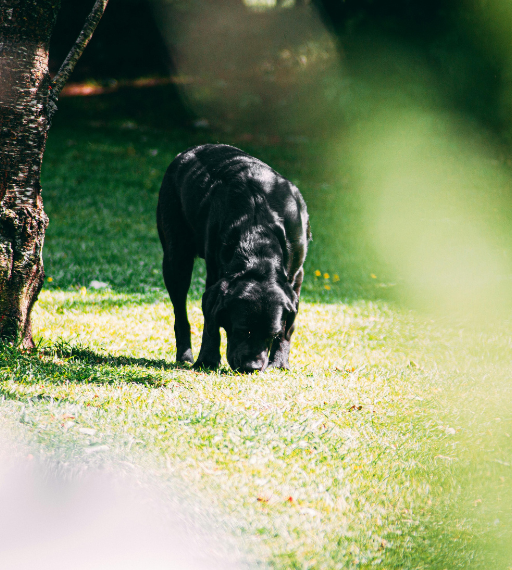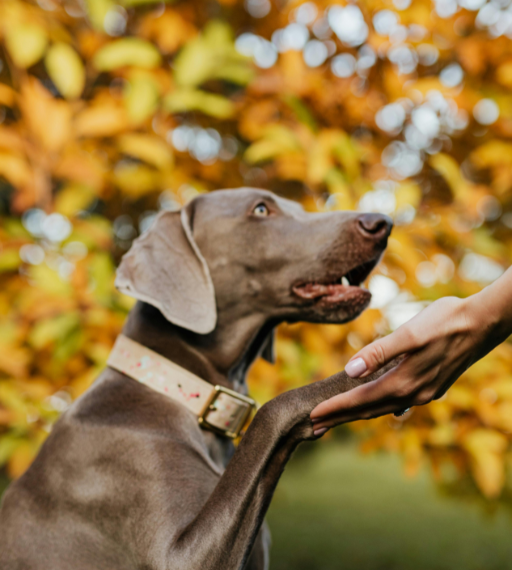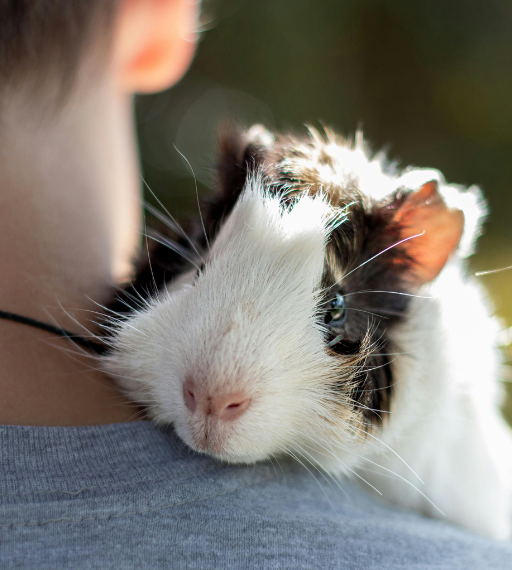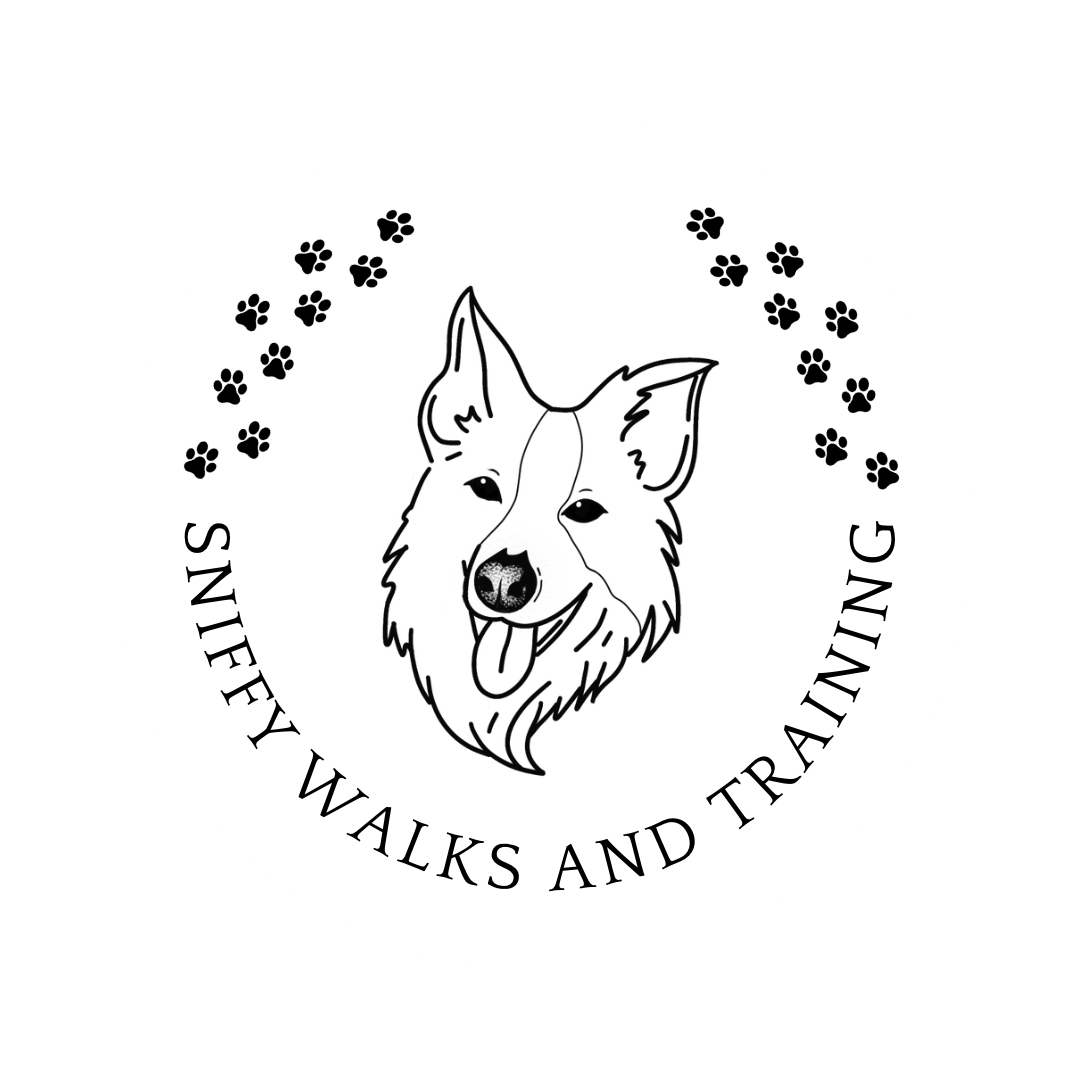What we offer

Sniffy Walks

Dog Training
We focus on gentle guidance and rewards, leaving behind outdated scolding methods. Our personalised training plans are tailored to suit every dog, from playful puppies to seasoned rescue dogs.

Cat Sitting
We provide personalised care in the comfort of your home, sticking to your cat’s routine and preferences. We ensure your cat feels loved and secure, from feeding and litter box maintenance to playtime and cuddles.

Small Animal Boarding
Give your small pets the comfort and care they deserve with our specialised small animal boarding services. Whether you have rabbits, guinea pigs, hamsters, or other small pets, we provide a safe, clean, and cozy environment for them.

Small Animal Care
Our small animal care services are designed to meet your tiny companions’ unique needs, whether at home or staying with us. We provide tailored care, including feeding, cleaning, exercise, and enrichment activities.

UK Sniffer Dog’s Training

Certified Trainers

Flexible Rates

DBS Checked

First-Aid Trained

Insured
Our Products
FAQs About Sniffing
Here are some fun facts about sniffing that highlight just how incredible a dog’s sense of smell is:.
Super Smellers
Dogs have up to 300 million olfactory receptors in their noses, compared to about 6 million in humans. This makes their sense of smell around 40 times better than ours!
A Nose for Direction
Dogs can sniff in stereo! They can detect which nostril a scent entered first, helping them pinpoint the exact direction a smell is coming from.
Sniffing as a Stress Reliever
Sniffing isn’t just about finding food or following a trail—it’s also a natural stress reliever for dogs. Allowing them to sniff on walks can lower their anxiety levels and keep them calm.
The Nose Knows
Dogs’ brains are specially designed for smelling. The part of a dog’s brain that processes scents is 40 times larger than that of humans, which helps them detect even the faintest of smells.
Scent Memories
Dogs use their sense of smell to remember and recognize people, places, and even other animals. They can recall specific scents for years, helping them navigate familiar environments or recognize friends they haven’t seen in a while.
Unique Nose Prints
Just like human fingerprints, each dog’s nose print is unique. The patterns of ridges and creases on their noses can be used to identify them, much like a fingerprint.
Scent Communication
Dogs communicate through scents left behind in their urine, feces, and body odors. These scents can convey information about their age, gender, emotional state, and even their health.
Detecting Emotions
Dogs can sniff out human emotions. They can detect changes in our body chemistry that signal fear, stress, or happiness, making them incredibly empathetic companions.
Medical Marvels
Dogs’ noses are so sensitive that they can be trained to detect certain medical conditions like diabetes, seizures, and even some types of cancer.
Sniffing for Fun
Sniffing is inherently enjoyable for dogs. It’s their way of exploring the world, gathering information, and just having fun. Encouraging sniffing during walks turns a simple outing into a fulfilling and enriching experience for them.




